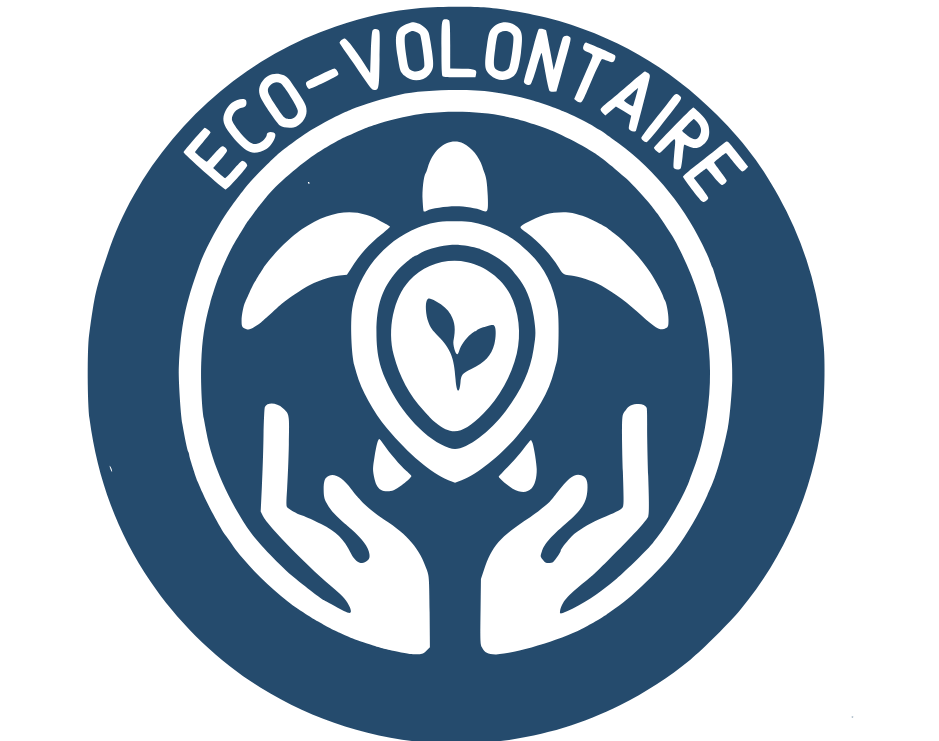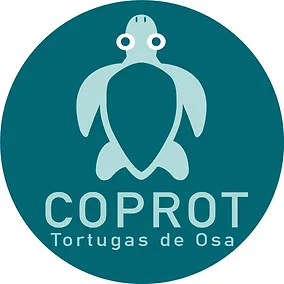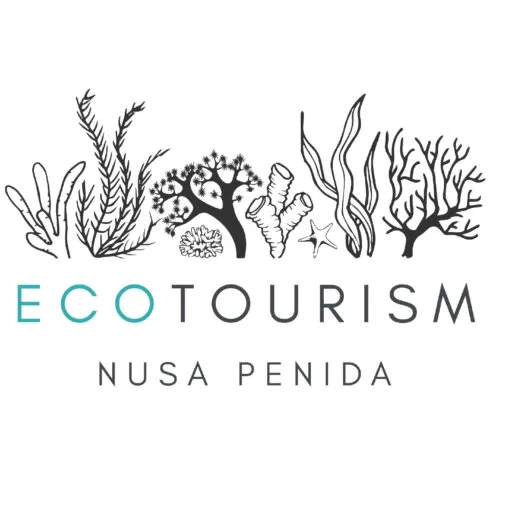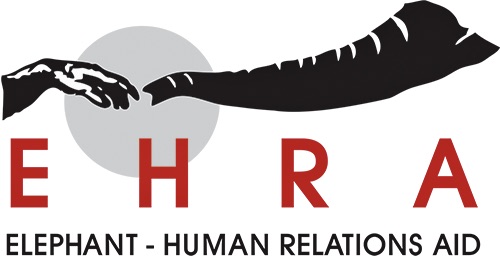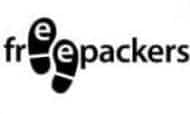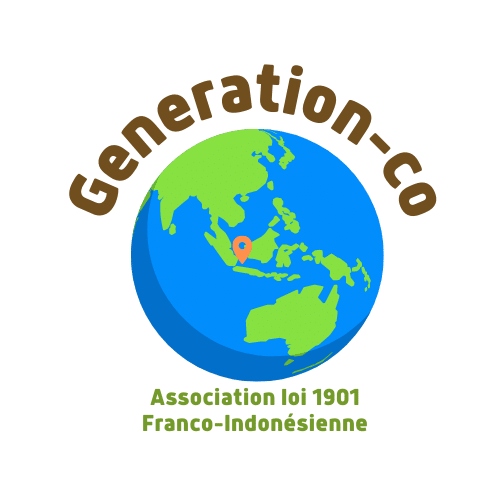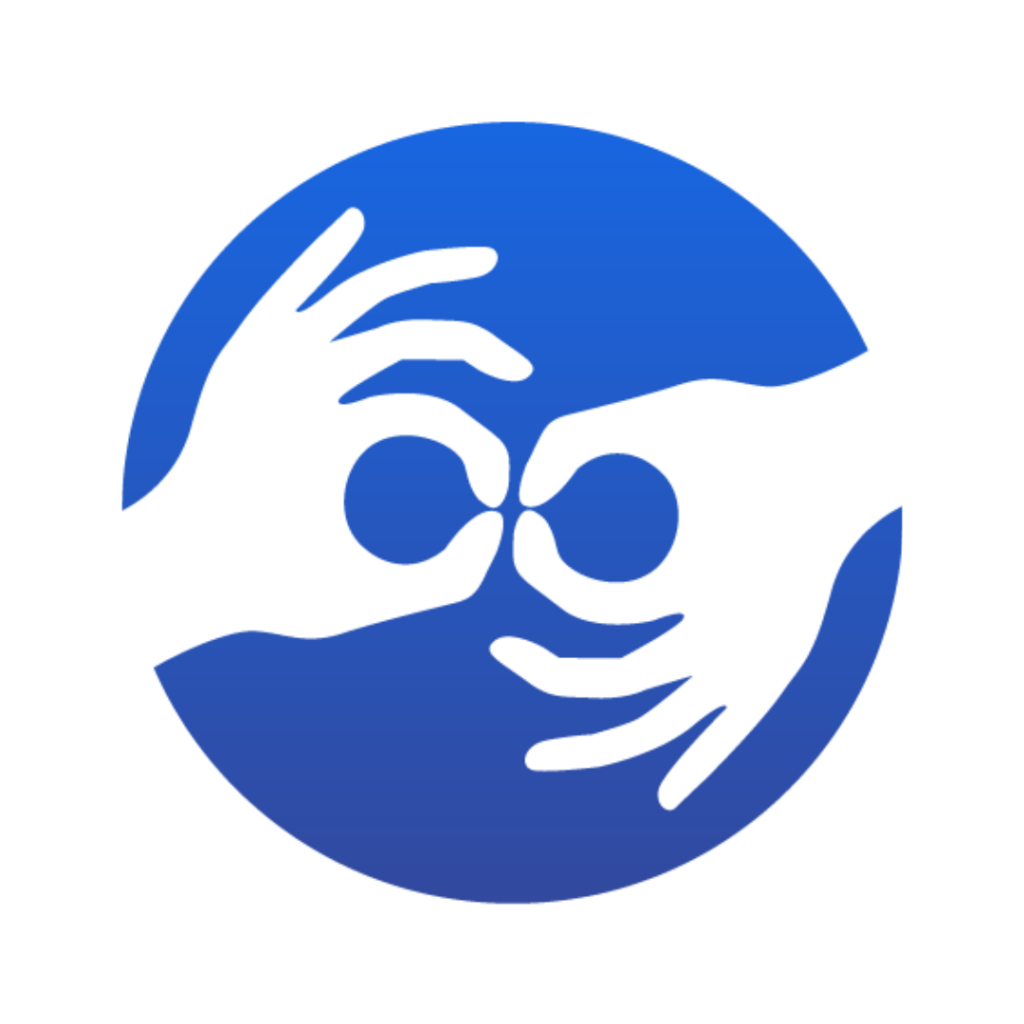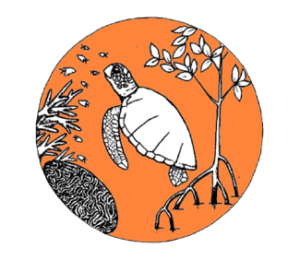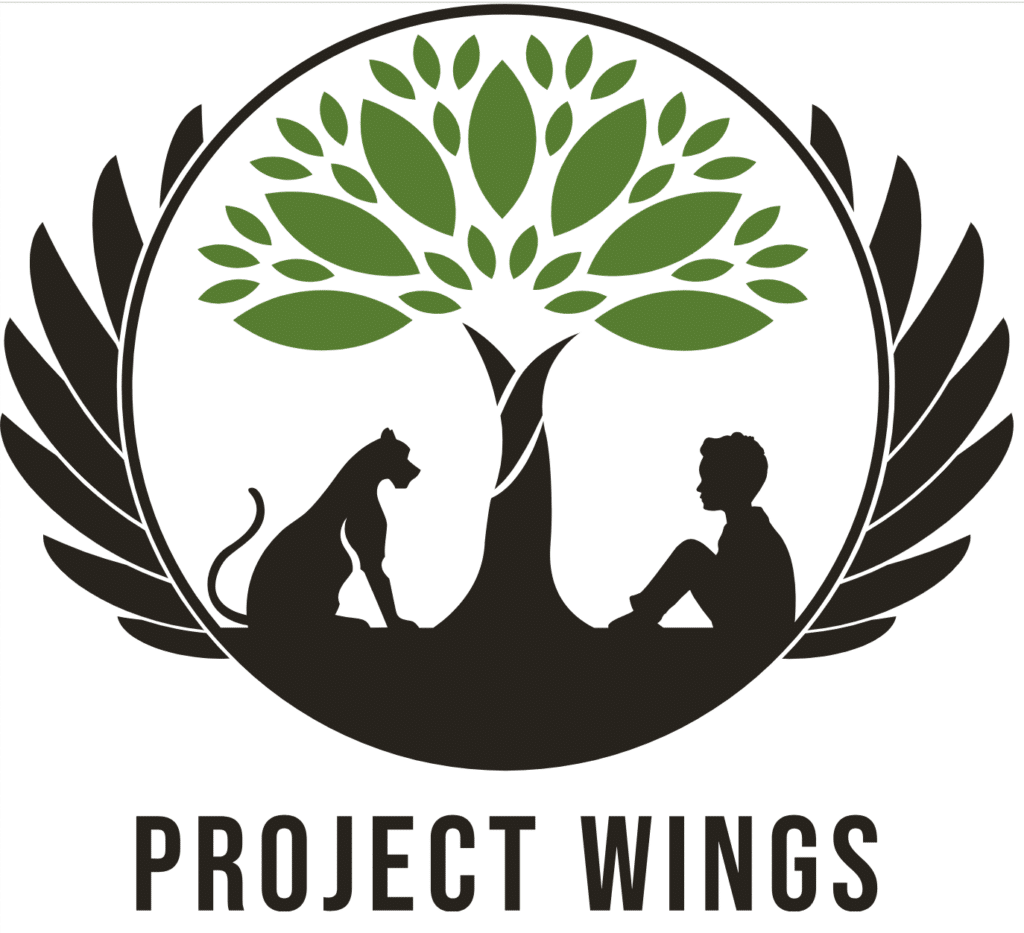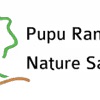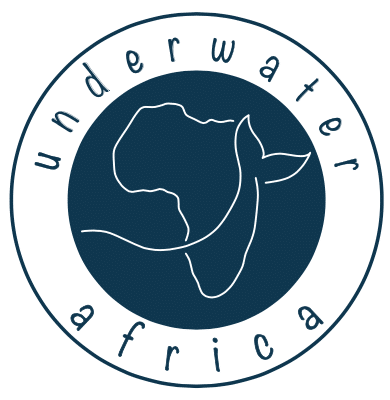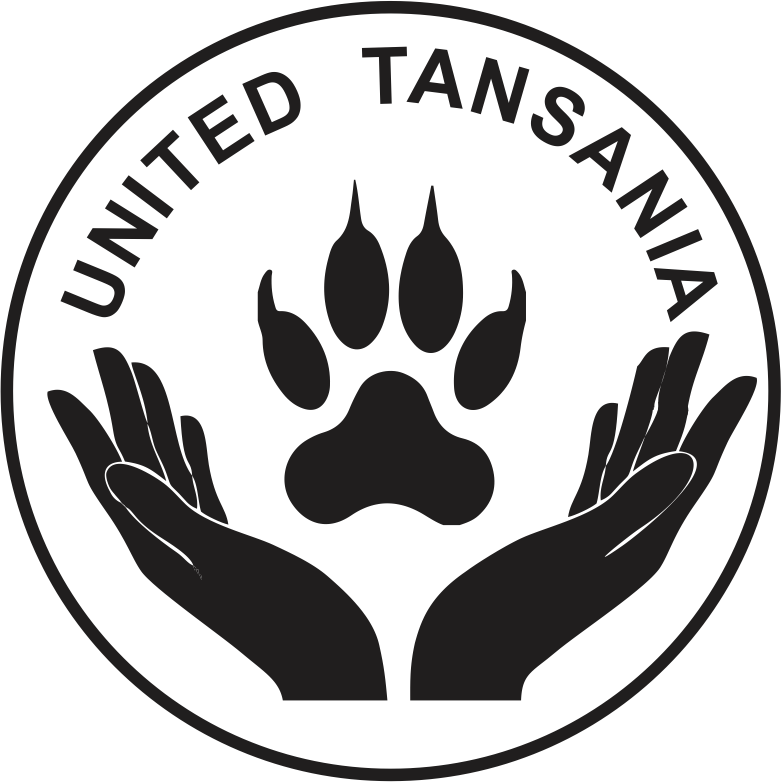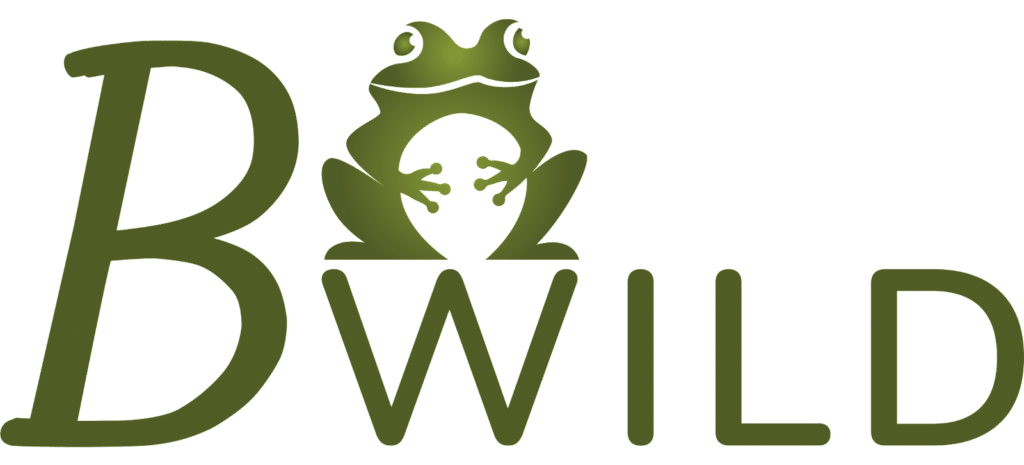
Bwild
Bwild est une association française créée en 2021, qui œuvre pour la conservation des espèces et leurs milieux. Elle permet à des personnes de partir en mission ‘terrain’, sous la forme de séjours en écovolontariat, ce qui permet d’aider des projets éthiques dans les pays d’intervention. L’association se consacre également à la création de contenu éducatif, afin de sensibiliser en milieu scolaire et en entreprise.
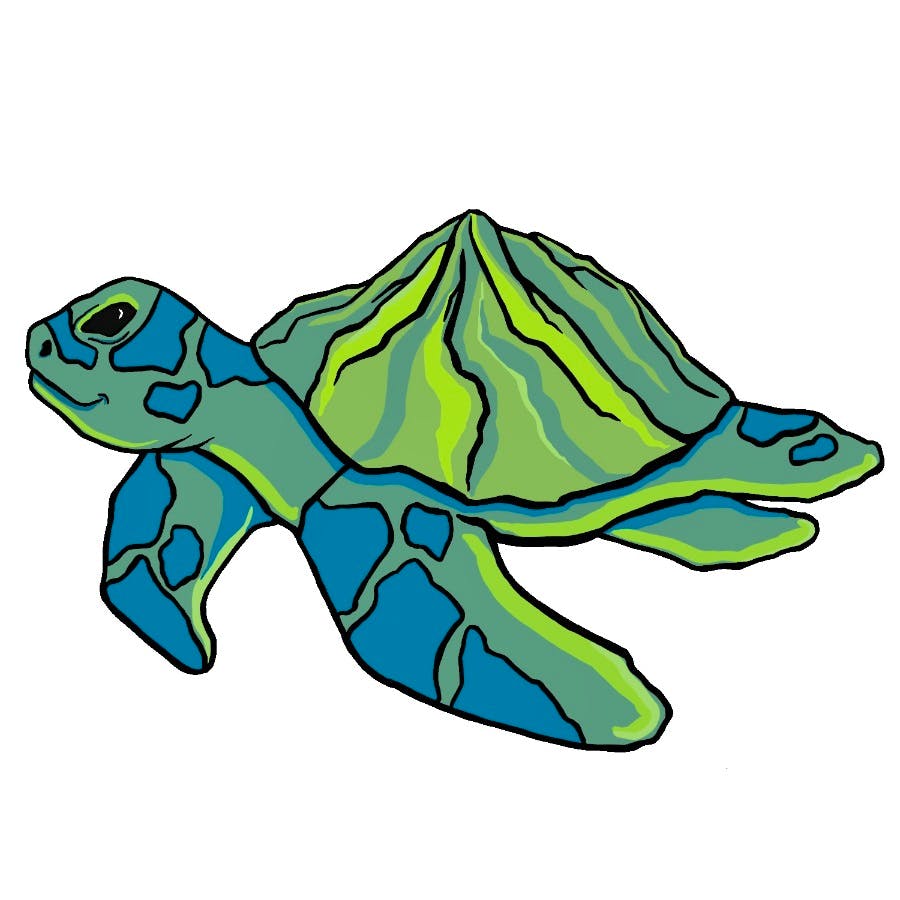
Bali Conservation Diving
Bali Conservation Diving est un centre de plongée créé en 2022, situé à Tulamben, au nord-est de Bali. Ces membres sont des passionnés de plongée sous marine. Depuis de nombreuses années, ils aident les communautés locales à préserver les récifs coralliens des villages, en les incitant à défendre et à protéger leur environnement. Ils incitent tous les plongeurs à pratiquer une plongée respectueuse de l’environnement. Partir avec Bali conservation Diving
Chimfunshi Wildlife Orphanage Trust
Fondé en 1983 par David et Sheila Siddle, Chimfunshi Wildlife Orphanage Trust (CWOT) a pour mission de protéger et de soigner les chimpanzés, tout en sensibilisant la population locale à la conservation de la faune. De nombreux chimpanzés accueillis proviennent du commerce illégal et de propriétaires privés. Ils récupèrent ces animaux par l’intermédiaire des autorités compétentes et leur fournissent un nouvel habitat, qui se rapproche de leur condition de vie en milieu naturel. Partir avec Chimfunshi
COPROT tortugas de OSA
COPROT tortugas de OSA est une association de conservation et d’étude des tortues marines sur la péninsule d’OSA au Costa Rica, créée en 2018. Son action se déroule sur les plages de nidification les plus importantes du Pacifique Sud. Plus de 7000 nids par saison pour les espèces Olive Ridley et Pacific green ont été enregistrés sur 8 km de plage non aménagée. COPROT tortugas de OSA travaille en étroite collaboration avec la communauté locale et met en œuvre un certain nombre de projets sociaux et environnementaux. Partir avec COPROT
DAKTARI Bush School & Wildlife Orphanage
DAKTARI Bush School & Wildlife Orphanage est une association sud-africaine fondée en 2006, par Michèle et Ian. Cette association mène un programme d’éducation à l’environnement auprès des enfants des villages voisins. Daktari, qui signifie docteur en swahili, se veut être une source d’inspiration pour que les adultes de demain prennent soin de leur environnement. Les enfants restent à DAKTARI pendant cinq jours. Ils suivent des cours et aident à prendre soin des animaux du centre qui ne peuvent pas être relâchés dans la nature. La mission DAKTARI Bush School
Ecotourism Nusa Penida
Ecotourism Nusa Penida a été créé par une communauté Nuansa Pulau, qui s’engage dans la protection de l’environnement depuis 2017. Ecotourism Nusa Penida conduit des recherches sur les récifs coralliens et gère un programme de plantation de corail, de restauration de la mangrove, de développement de la culture des algues et d’éducation. L’organisation s’appuie sur l’écotourisme pour développer l’économie bleue et les programmes de conservation. Partir avec Ecotourism Nusa Penida
Elephant-Human Relations Aid
Elephant-Human Relations Aid est une ONG créée en 2003, qui protège les éléphants du désert, tout en pacifiant le conflit humain/éléphant autour des ressources en eau. Elle agit dans la région du Damaraland en Namibie selon une approche holistique basée sur les communautés villageoises, l’éducation, la recherche, les actions de protection des ressources en eau. Pour mener à bien ce projet, elle accueille des volontaires depuis 2004. Partir avec HERA
ETIKA MONDO
A l’origine de cet écolieu se trouve une famille composée d’un couple et de quatre enfants. Les deux fondateurs, expérimentés et diplômés en agronomie, écologie et gestion de projet, bricoleurs du dimanche confirmés, ont acquis en janvier 2018 un domaine de 8 hectares entièrement à restaurer, pour en faire un écolieu. Très vite, un collectif a été créé et a lancé l’École de l’Écologie Appliquée. Cette école à pour objectif de sensibiliser les citoyens à la science de l’écologie et former des experts de la transition des territoires ruraux par une approche participative. Partir avec ETIKA MONDO
Finca Soley
Finca Soley est une ferme qui a été créée en 2014. Son objectif est d’offrir, au Costa Rica, un lieu où les gens, les chevaux, les animaux et la nature peuvent grandir et s’épanouir. Il s’agit d’une agence familiale qui propose d’accueillir des voyageurs hors des sentiers battus, sous différentes formes, dont des séjours en éco volontariat. Le coeur du projet de la ferme est l’art de l’équitation, notamment celui de l’équitation naturelle. Isa et sa famille souhaitent vivre en harmonie avec la nature, en consommant ce qu’ils produisent. Les missions avec Finca Soley
Freepackers
Voyage et liberté ! (Freedom and Backpackers) sont les maîtres mots de Freepackers. Sa fondatrice, Justine, a à son actif 15 ans dans le voyage, 30 projets de volontariats internationaux, 2 tours du monde, 52 pays visités et 2 échanges Erasmus ! Elle a créé Freepackers en 2010 pour inciter les jeunes à la mobilité internationale et proposer des projets qui ont du sens. Freepackers encourage la participation à des projets de développement éthiques et durables. Elle met en relation les ONG, les associations d’action sociale avec des volontaires. Elle favorise les voyages solidaires et participatifs. Les missions avec Freepackers
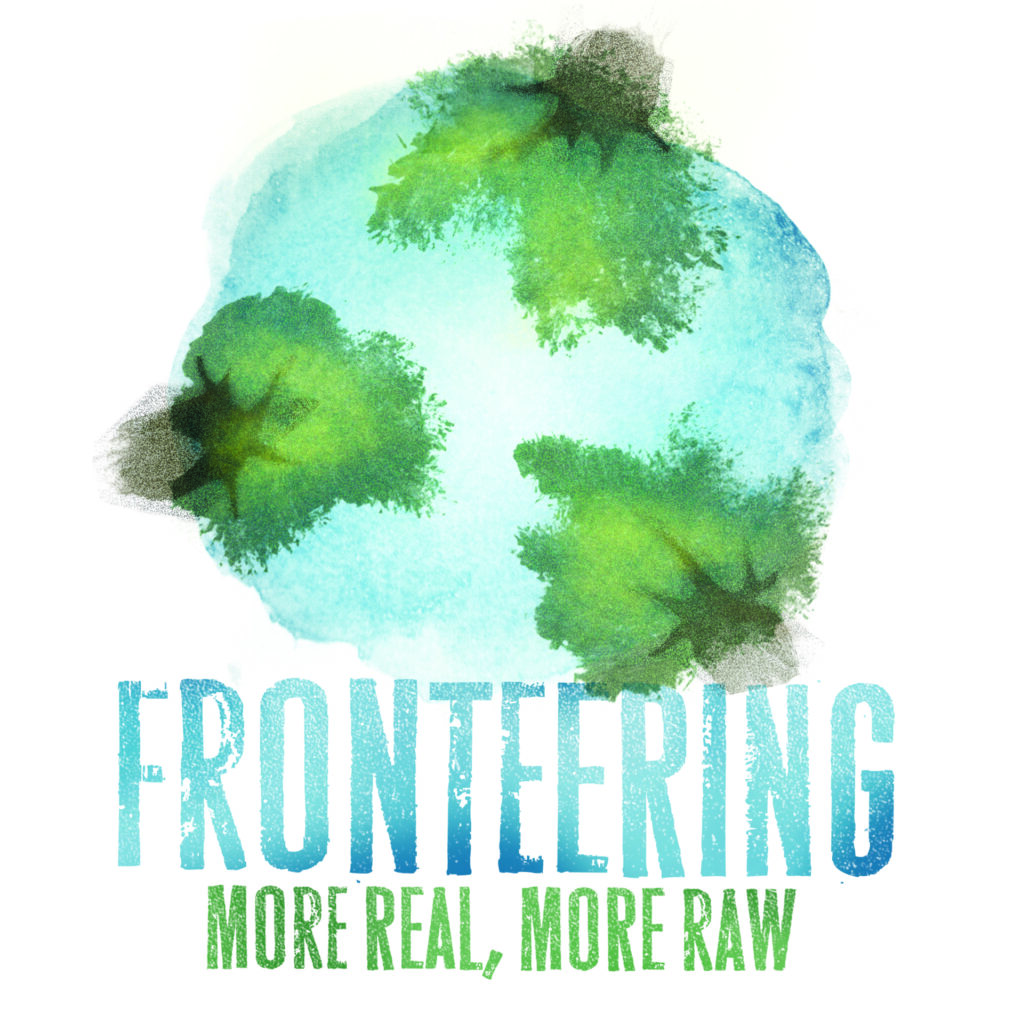
Fronteering
Fronteering is a Canadian organization founded in 2010, specializing in overseas volunteer projects aimed at preserving the environment, wildlife and indigenous populations. It has trips all over the world, but thanks to its Canadian base, it offers many positive-impact experiences in North America. It also focuses on the least-visited places on the planet. Places that still have a rich biodiversity and where you can experience a world that is still wild. Fronteering strives to offer volunteer experiences off the beaten track. Adventure is the order of the day! All missions with Fronteering
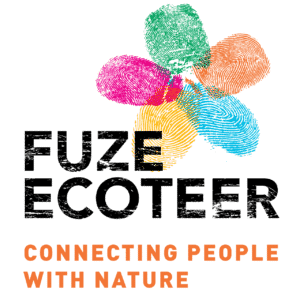
Fuze Ecoteer
Fuze Ecoteer is a Malaysian social enterprise co-founded by Daniel, who after studying ecological sciences at Plymouth University moved to Malaysia to develop biodiversity protection and ecotourism projects. Fuze Ecoteer has been working to promote biodiversity and environmental education since 2010. The organization has developed three conservation projects on the Perhentian Islands: sea turtle protection, marine ecosystem research and biodiversity protection education. All missions with Fuze Ecoteer
Generation-co
Generation-co est une association française créée par Virginie, en janvier 2017. Son objectif est de développer des projets d’agroécologie et de protection de l’environnement à Sumatra en Indonésie, aux portes du Parc National Gunung Leuser, un hotspot de biodiversité classé au patrimoine mondial de l’Unesco.
Generation indique les peuples actuels du monde et co qui signifie la cohésion, la coopération, le collectif, la communauté. Les peuples agissent ensemble pour le bien-être commun. Generation-co s’inscrit autour de la Terre, reliant ainsi les peuples de toute la planète. La mission avec Generation-co.
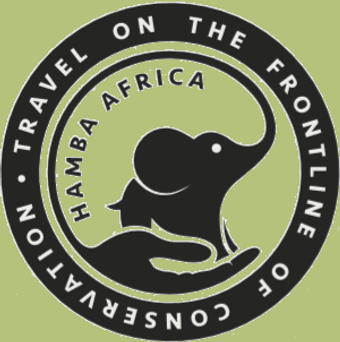
Hamba Africa
Hamba Africa est une organisation qui existe depuis 2017. Elle est détenue et gérée par des guides de safari et des défenseurs de l’environnement. L’organisation partenaire développe ses propres projets de recherches et soutient d’autres organisations à travers l’Afrique du Sud. Leur mission est de mener des recherches sur la faune et la flore en Afrique du Sud en faveur d’un développement durable. A travers les programmes de volontariat, Hamba Africa permet à des volontaires ou des étudiants d’acquérir de nouvelles compétences et connaissances. Partir avec Hamba Africa
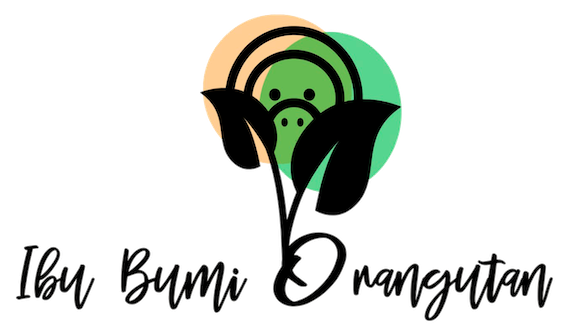
Ibu Bumi orangutan
Ibu Bumi orangutan est une ONG co-fondée par Nora. Nora est spécialisée dans le développement durable et le bien-être des animaux. Elle a travaillé dans des programmes de développement vétérinaire et de protection de la faune au Paraguay, en Espagne, en Afrique et à Sumatra. Ibu Bumi orangutan est dédiée au développement durable et à la conservation de la faune et de la flore de Sumatra. Depuis 2017, l’organisation, en partenariat avec les communautés locales, se concentre sur les bordures du Parc National de Gunung Leuser afin d’éviter le braconnage et la déforestation.Toutes les missions avec Ibu Bumi Orangutan
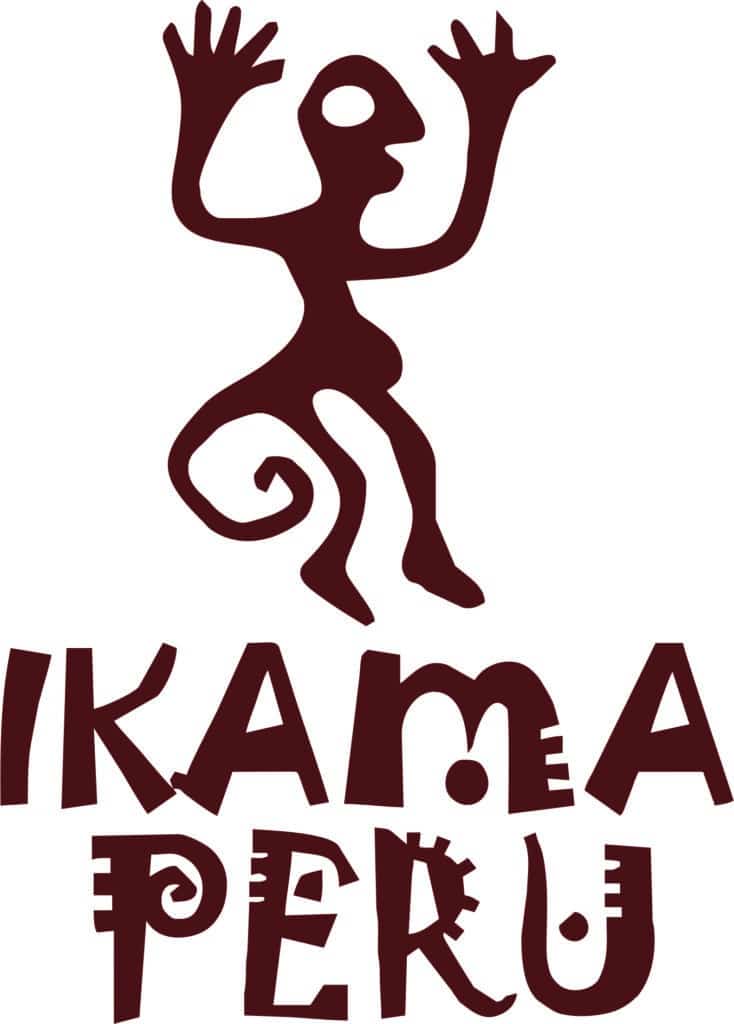
Ikamapéru
Ikamapéru is a French association founded in 1997 by Hélène, with the help of the Awajun communities. Today, the association manages the Media Luna conservation center, located at the gateway to the Pacaya-Samiria national reserve (Lagunas, Loreto). Its aim is to protect and conserve the woolly and atel monkeys(belzebuth and chamek) in partnership with local populations. The logo is based on a Jivaro drawing (the Jivaros are a group of Amerindians) which tells the story of the woolly monkey. The woolly monkey claims to have only four fingers (when in fact he has five) after seeing the atele monkey have his fifth finger amputated by Etsa. Esta is a civilizing hero who does not tolerate monkeys having the same number of fingers as humans. Ikamapéru's missions
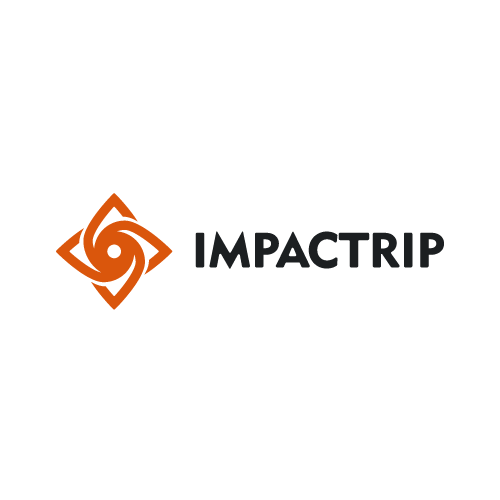
ImpacTrip
ImpacTrip est une entreprise sociale dont la mission est de soutenir et de renforcer le travail des organisations sociales et environnementales à but non lucratif. L’entreprise a été fondée en 2015 par Rita et Diogo, deux entrepreneurs sociaux qui voulaient changer la façon dont les gens voyagent. ImpacTrip propose aux voyageurs d’intégrer différents projets, essentiellement en Europe. Elle est certifiées B Corp, c’est à dire qu’elle concilie objectifs sociaux et environnementaux et profit. Toutes les missions Impactrip.
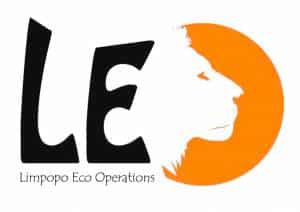
Leo Africa
Leo Africa est sanctuaire d’animaux sauvages qui accueille des volontaires depuis 2005. Son équipe travaille sur un projet de surveillance, de conservation et de développement durable de la faune et de la flore des Big 5 en Afrique du Sud. Sa mission est de fournir des données sur les principales espèces animales (lions, léopards, éléphants, guépards, buffles, hyènes brunes et tachetées, rhinocéros blancs) à la direction d’une réserve. Les données collectées sont utilisées pour aider la direction de la réserve à prendre des décisions éclairées sur les pratiques de conservation. La mission avec LEO
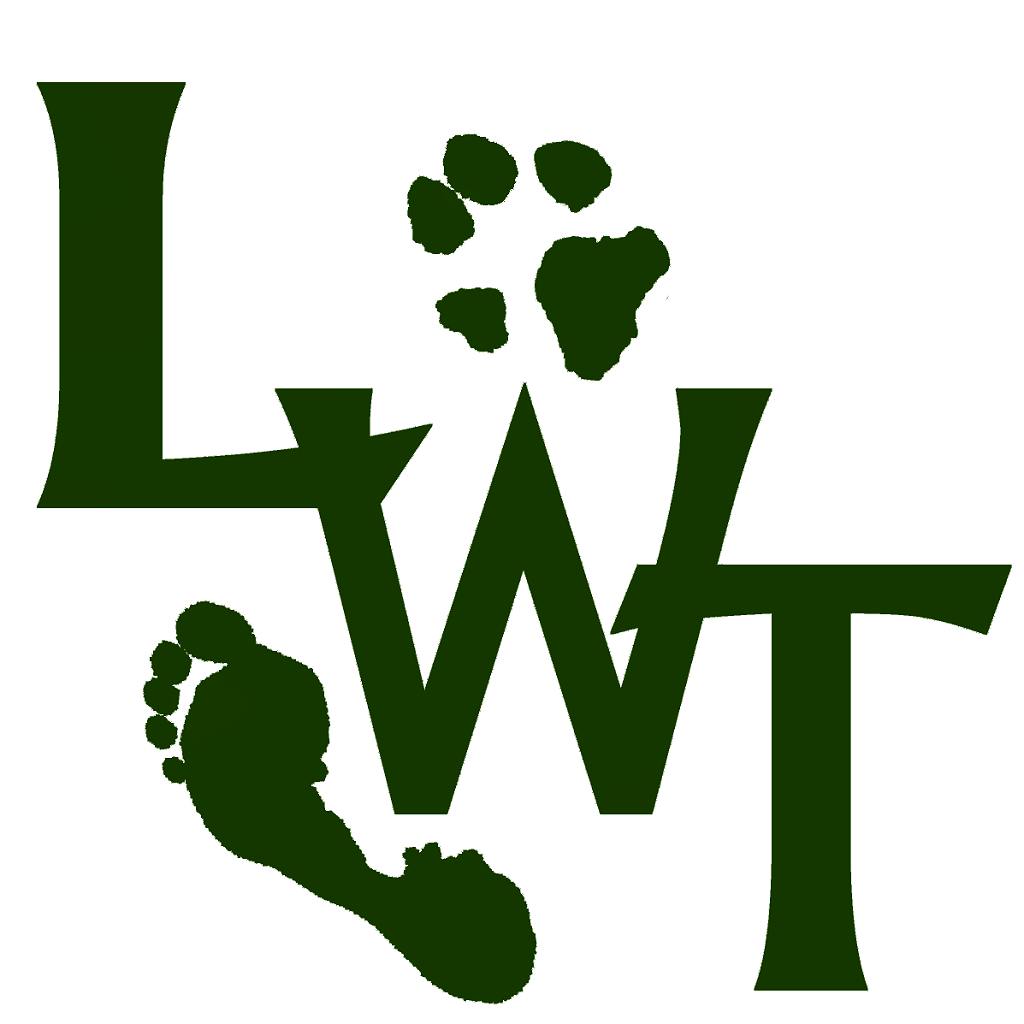
Lilongwe Wildlife Trust
Lilongwe Wildlife Trust (LWT) is one of Malawi's leading conservation organizations. Established in 2008. The NGO manages Malawi's only wildlife sanctuary and a range of other programs focusing on wildlife rescue and welfare, biodiversity research, conservation justice, environmental education and campaigning. All missions with LWT
Marine Conservation Philippines
Marine Conservation Philippines (MCP) est une ONG qui se consacre à la préservation et à la protection des ressources côtières aux Philippines par l’éducation, le volontariat et la recherche. L’ONG implique les communautés locales et les décideurs politiques dans ses actions. Elle s’efforce de trouver des solutions qui profiteront à la fois à l’homme et à la nature sur le long terme. En s’appuie sur la science pour comprendre comment les écosystèmes marins sont affectés. Elle propose ensuite des moyens d’action, afin de réduire la pression anthropique et de développer un avenir durable pour le peuple philippin et son environnement. Partir avec Marine Conservation Philippines
Naucrates
Naucrates est une ONG italienne qui mène un projet d’étude et de conservation sur les tortues de mer, les mangroves et les récifs coralliens de l’île de Phra Thong depuis 1996. Elle travaille en collaboration avec le Phuket Marine de Phuket (PMBC). Le projet est enregistré au Conseil national de la recherche en Thaïlande. Parallèlement aux travaux scientifiques qui ont permis d’élaborer et d’appliquer des stratégies de conservation à la population de tortues marines en période de nidification, un programme autour des communautés locales est mené. Partir avec Naucrates.
Nkonzo Wildlife
Nkonzo Wildlife est une organisation de recherche et de conservation basée en Afrique du Sud, dans le Limpopo. Elle existe depuis 2013. Leur mission est d’assurer la promotion de la conservation de la faune sauvage, par l’intermédiaire d’études scientifiques et de pratiques éthiques en matière d’étude et de gestion de la vie sauvage. Nkonzo Wildlife collabore avec différents partenaire, locaux comme internationaux, des ONG ainsi qu’avec le monde académique. Partir avec Nkonzo

Objectif Sciences International
Objectif Sciences International (OSI) a été fondée en 1992 par Thomas, pour qui les sciences participatives est un puissant outil au service de la paix et du développement durable. OSI est une ONG qui s’est donnée un double objectif de recherches scientifiques et d’éducation aux sciences. Son postulat est que l’éducation aux sciences est un moyen d’action précieux pour la résolution des Objectifs du Développement Durable. OSI a le Statut Consultatif Spécial auprès de l’ONU (ECOSOC) et propose différents séjours en sciences participatives. Les voyages scientifiques d’Objectif Sciences international
People and the Sea
Depuis sa création en 2015, l’équipe de People and the Sea s’engage au cœur de la communauté de Malapascua pour les aider à adopter des modes de vie plus résilients et protéger leurs ressources marines. Que vous soyez en quête de voyage éco-participatif ou d’un stage enrichissant, immergez-vous dans un séjour sur mesure entre protection marine et solidarité internationale ! Partir avec People and the Sea
Project Wings
Project Wings est une ONG allemande créée en 2019, qui a construit ce qui est actuellment le plus grand village de recyclage au monde, à partir de 250 tonnes de déchets plastiques en Indonésie. Son travail porte sur l’extinction des espèces, la déforestation et la gestion des déchets en plastique. L’ONG a créé un système autonome, géré par la population locale, qui combine la protection de l’environnement, la conservation de la nature et le bien-être des animaux. Partir avec Project Wings
Pupu Rangi Nature Sanctury
Le partenaire, Pupu Rangi Nature Sanctury, est une organisation qui se consacre à la protection de la flore et de la faune indigènes de Nouvelle-Zélande. Son objectif est de protéger et d’étendre un écosystème dynamique tout en sensibilisant d’autres personnes à l’importance de la conservation de l’environnement. Cet objectif est atteint avec l’aide d’un petit groupe de volontaires internationaux avec lesquels ils apprennent, travaillent et explorent cette forêt tropicale unique. Partir avec Pupu rangi Nature
South America Inside
South America inside is an intercultural agency founded in 2003 by Marion, a German living in Chile. Marion specializes in organizing solidarity and participative trips, ecovolunteer programs, language stays and educational programs throughout Latin America (South and Central America). As an ecovolunteer with South America Inside, you can support various wildlife protection and environmental conservation projects. The logo, which resembles a triangle, symbolizes the South American continent. The people and airplane in the triangle mark the coming together of different cultures, encounters and exchanges. South América Inside stays
Tartarukus
Tartarukus is a Spanish non-profit organization that supports local communities working to preserve the environment and develop ecotourism, in the state of Oaxaca, Mexico. Tartarakus was created in 2021 by Beatriz, who after several years spent on the Oaxaca coast as a student and volunteer, wanted to strengthen the local population's impact on sustainable development. The association offers a range of volunteer experiences in the less-visited areas of the Oaxaca coast. All Tartarukus missions
Underwater Africa
Underwater Africa est une organisation anglaise créée par Calun, un scientifique en biologie marine. Après quelques années de recherche sur la faune marine sur la côte du Mozambique, l’équipe a décidé de partager sa passion en permettant à des éco volontaires de les rejoindre. Une initiative qui permet aux voyageurs de s’engager dans une action solidaire et à Underwater Africa de collecter de multiples données sur la faune et la flore marine. Partir avec Underwater Africa
United Tansania
United Tansania e.V. a été créée en 2020 (à l’origine sous le nom de Endangered Species Conservation Foundation). C’est une ONG internationale basée à Berlin, en Allemagne. La fondatrice et directrice est vétérinaire de profession. Elle travaille avec un assistant de recherche sur le terrain originaire du Royaume-Uni qui est titulaire d’un master en en conservation des espèces menacées. Sur place, il y a 6 employés permanents. Le camp de base du projet est située au lac Eyasi dans la zone de conservation de Ngorongoro, dans le nord de la Tanzanie. Partir avec United Tansania
Vervet Monkey Foundation
La fondation (ONG), créée en 1993, gère le plus grand centre pour les singes vervets au monde. En 2006, elle est devenue membre de la PASA (Pan African Sanctuaries Alliance) et est également un sanctuaire certifié par la GFAS (Global Federation of Animal Sanctuaries). Au cours de la dernière décennie, la fondation a développé un programme de réhabilitation unique qui a contribué à révolutionner la manière dont les primates sont réhabilités. En l’absence de financement gouvernemental, le sanctuaire dépend de bénévoles internationaux pour s’occuper des primates. Le bénévolat à la fondation est très important. Non seulement votre contribution financière sert à aider les singes, mais également votre travail dans toutes les tâches courantes. Partir avec la Vervet Monkey Fondation
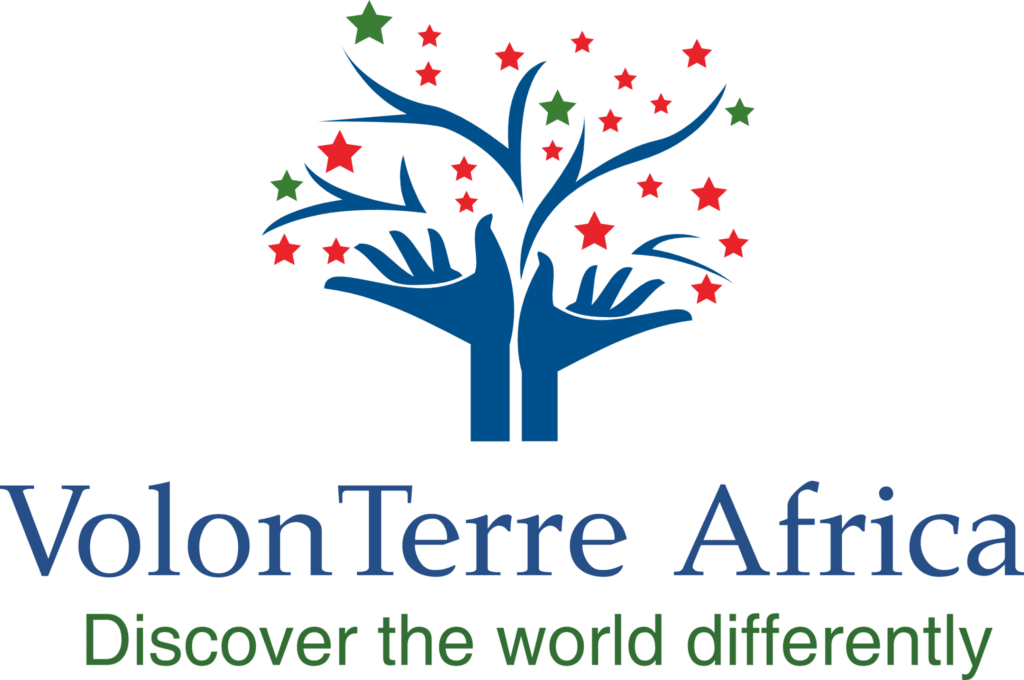
VolonTerre Africa
VolonTerre Africa was created by Nathalie, a Frenchwoman who set up her agency in 2015, after several years' volunteering experience with an association in South Africa. She offers several eco-volunteering missions for the preservation of endangered species, as well as support for rural communities. VolonTerre Africa specializes in missions in South Africa. The organization's logo represents sharing, one of VolonTerre Africa's key values. Sharing is symbolized by the hands and the stars, which also give an impression of magic. The team wants every experience with VolonTerre to be a magical memory and a unique experience. For Nathalie, ecovolunteering is an experience that helps you grow and open up, notions symbolized by the shape of the tree. Finally, the colors are those of the South African flag. Three of the flag's six colors have been adopted. VolonTerre Africa's missions

Wild route of Kenya
Wild Routes of Kenya is a farm created by Astrid and Éric, a French couple who have developed responsible eco-tourism by offering ecovolunteer missions on their Muringa farm. Actions in favor of the protection of biodiversity and the development of the rural area of Subukia are carried out, as well as work on waste treatment in neighboring villages. The project's founders have set up the PAK (Pour les Animaux du Kenya) association to raise funds for the farm's animals. They have also created the ASES association (Aide et soutien au enfants de Subukia). The logo depicts a mother and her baby elephant facing right, towards the future. The slogan, "Experience the Wild Life", expresses the desire to offer visitors an immersive experience as close to nature as possible, far from the crowds of Kenya's big parks, so that everyone can live in the present moment with full awareness. The color of the logo symbolizes the colors of nature and the earth. The missions of Wild route of Kenya
Worldwide Friends
Worldwide Friends is an Icelandic non-profit organization founded in 2001, dedicated to protecting the environment, promoting peace and volunteering. Its team works on the protection of biodiversity, but also on the circular economy and education based on the Sustainable Development Goals (SDGs) defined by the UN. Worldwide Friends organizes short and long-term volunteer missions in Iceland. Through volunteering, the association protects nature and promotes peace by getting volunteers of different nationalities to work together. All Worldwide Friends missions
